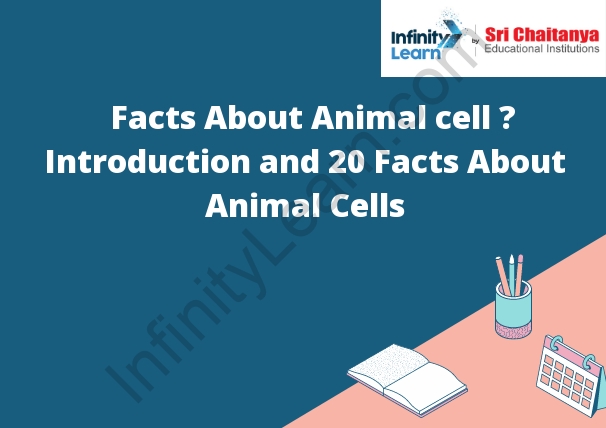Table of Contents
Introduction to Animal Cell:-
Animal cells are the cells that make up the tissues of animals. Animal cells are distinguished from other types of cells by several features, including the presence of a plasma membrane and a cell wall. Animal cells also have a cytoskeleton, which gives the cell its shape and helps it move.
The plasma membrane is a thin, flexible layer of lipid that surrounds the cell. The plasma membrane is selectively permeable, meaning that it allows some substances to pass through while blocking others. The cell wall is a tough, rigid layer of protein and carbohydrate that surrounds the cell. The cell wall helps protect the cell and gives it shape.
The cytoskeleton is a network of protein fibers that helps the cell maintain its shape and move. The cytoskeleton also helps the cell bind to its surroundings.

20 Facts About Animal Cells
1. Animal cells are the most common type of cell in the body.
2. Animal cells are typically round or ovoid and have a plasma membrane that surrounds the cell.
3. The cell membrane is selectively permeable, meaning that it allows some substances to pass through while blocking others.
4. The cytoplasm of an animal cell contains organelles such as the nucleus, mitochondria, and ribosomes.
5. The nucleus is the organelle that contains the cell’s DNA.
6. The mitochondria are the organelles that generate energy for the cell.
7. The ribosomes are the organelles that produce proteins.
8. Animal cells also contain vacuoles, which are membrane-bound sacs that store cellular fluid or waste products.
9. The cell wall is a structural component of plant cells, but not animal cells.
10. Cell junctions are the sites where cells connect to each other.
11. Cell adhesion molecules are the proteins that allow cells to attach to each other.
12. Cilia are short, hair-like extensions that project from the surface of some cells.
13. Flagella are long, whip-like extensions that project from the surface of some cells.
14. The cell cycle is the process by which cells grow and divide.
15. The cell cycle





